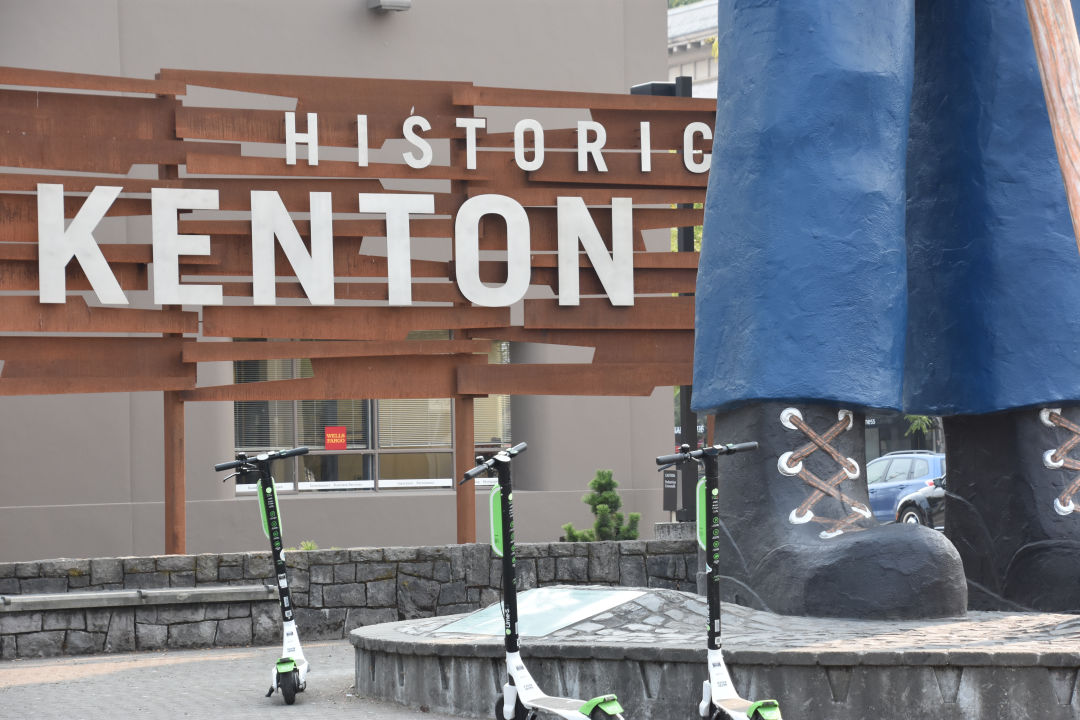Neighborhood Guide: Kenton

From its vintage shops like Give & Take and Kenton Antiques & Collectibles to its restaurants—Swift and Union is named after the meat companies whose workers once filled the nearby homes—North Portland’s Kenton neighborhood shouts its history out loud. In nonpandemic times, classic tavern Kenton Station offers monthly tours of its allegedly haunted basement, which a century ago held a boxing ring for regular fight nights. (Forgetting where your friends are meeting and accidentally having a drink at both Kenton Station and the World Famous Kenton Club, just around the corner, is a regular happy accident for locals.)
Kenton’s most famous resident, a 31-foot-tall Paul Bunyan, has stood guard over the neighborhood since 1959. Sharing his altitude are the “Star Hooch” treehouse, at the Bamboo Craftsman outdoor furnishings and garden store, and one of the best rebus business signs in the world for longtime strip club Dancin’ Bare.
Back at ground level, Salvage Works is a citywide go-to for building materials with a story attached. Kentonites grab coffee at Posies, music at Speck’s Records & Tapes, drinks at beer bar and bottle shop Mayfly, and slices at Fino, where the back dining room is a tucked-away gem.
For Comic Cave PDX owner Doug O’Loughlin, the whole neighborhood has that under-the-radar feeling while also being well connected and easy to get to, with Interstate 5 and the MAX Yellow Line running through it. “I think people bypass it sometimes,” O’Loughlin says of those who don’t take the turn onto Denver and thus miss the little “downtown,” where his classic comics shop sits just off the main drag near Kenton Cycle Repair and Bart’s Barbershop, and just steps from where the residential zone picks up again. The low-traffic feel has its benefits, especially for a place like Comic Cave: “Parents will give their kid five bucks and send them over here to buy a comic.”
Its northern reaches, between the Columbia Slough and the Columbia River, are home to the Portland International Raceway, the city-owned Heron Lakes Golf Club, and the Portland Expo Center—pleasant recreation sites with a grim past. In the 1940s, the Expo Center operated as the assembly point holding thousands of people of Japanese descent before they were sent to internment camps, while what’s now the golf course and PIR was Vanport, an insta-city erected to house wartime workers. In 1948, there were still some 18,000 residents there—including many Black families who had a harder time than their white peers securing other housing—when the community was washed away in a matter of hours after an embankment gave way. Many blamed the flood’s 15 fatalities on civic neglect.




